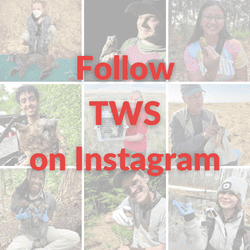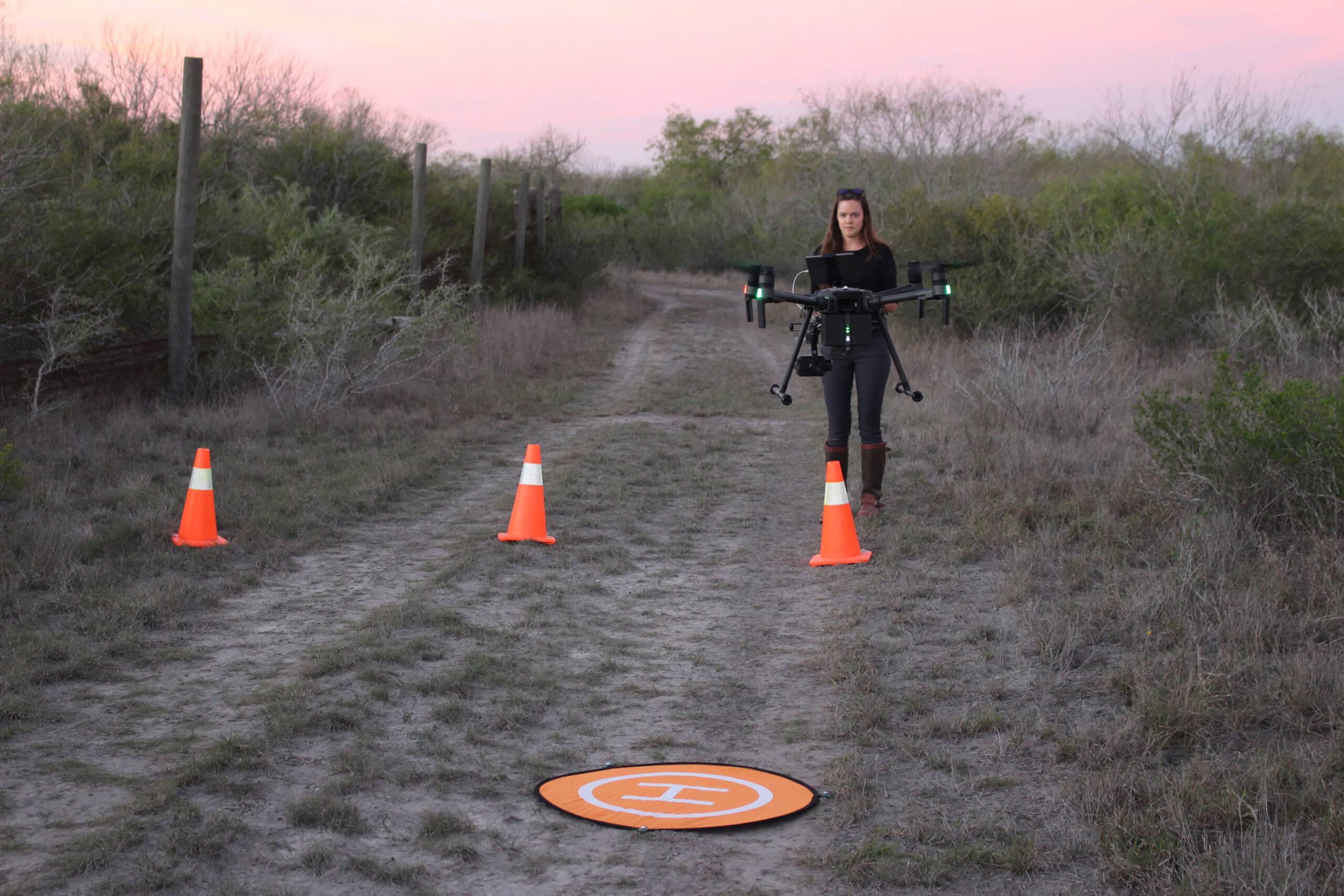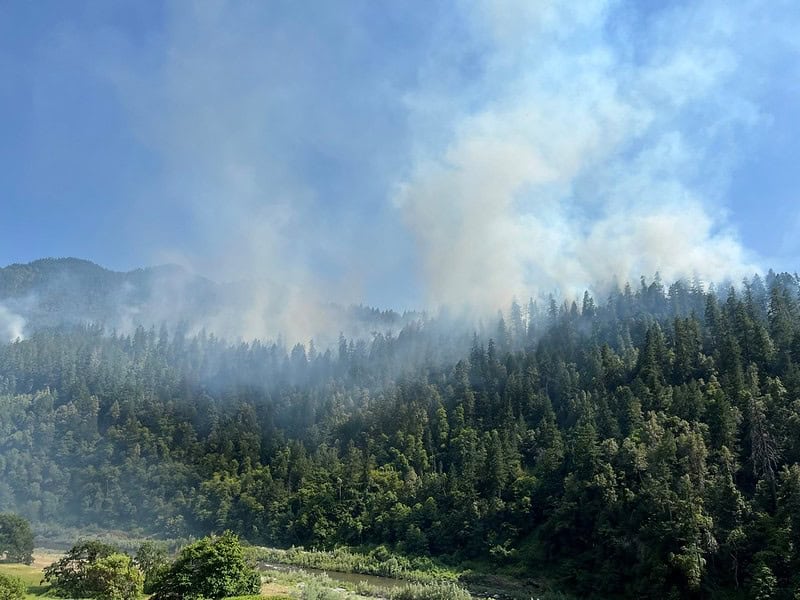Share this article
Thoughts from the Executive Director
Last month the Society held a 2-day Council meeting in Omaha, at the North American Wildlife and Natural Resources Conference. I thought that I would share with these comments some of the discussions and action items coming out of that meeting.
Budget and Finance. A considerable amount of time was spent by the Council on the status of TWS finances and the assessment of our operational income and assets in comparison to projections in the 2014-2015 budget. This is consistent with the Council’s continuing engagement and involvement in developing and tracking the Society’s financial status. Council was presented with detailed reports the Finance Committee uses to track monthly TWS financial activities and asset status. It assessed the revenues and expenses for programmatic categories, including conferencing, membership, publications, development and other programs. By the end of March with 4 months left in the 2014-2015 fiscal year, income projections are running about 150% above the budget surplus that was targeted in the 2014-2015 budget. The one concern that was recognized at the meeting is a continuing uncertainty about the revenue projections for memberships. The good news is that the uncertainty in our budget projections is declining as we approach the end of the fiscal year.
Development. The Council was presented information on a more robust and strategic effort that has been launched in fundraising, with a shift from a single fundraising campaign to a year-round program that encourages ongoing participation and gives donors the option to decide how to target their donations. This has generated a much better engagement of members and an increased level of contributions than in the past. In addition, the expansion of sponsorship and partnership opportunities from primarily conference-related activities to year-round positioning has led to expanded relationships with some key organizations, and more than $100,000 in support for TWS thus far. Efforts to expand partnerships and funding will be ongoing, with more organizations and businesses being targeted as potential partners in the upcoming months. Council endorsed these efforts, and explored other opportunities for fund-raising.
Budget for 2015-2016. Several hours during the meeting were committed in the agenda for discussion about a proposed budget for 2015-2016. The budget was presented in terms of revenues and expenses in several thematic categories (publications, conferences, membership, etc), along with revenue and expense aggregates that were used to project a surplus of $204,000 for 2015-2016. This compares favorably to the projected budget surplus of $122,000 for 2014-2015. Council spent quite a lot of time exploring the composition of the program revenue and expense targets, to ensure that all anticipated expenses were included and the revenue estimates were reasonable. Included in the projections were anticipated costs for the 2015-2016 operational plans that are called for in the Society’s Strategic Plan. The Council approved the budget contingent on demonstrated progress by October in achieving the income target identified in the budget.
Changes in certification. An Ad Hoc Certification Change Committee has been deliberating for some time on potential changes to recognize a path to certification for individuals with long and exceptional records of service in the wildlife profession. The Committee brought a recommendation forward to the Council for its deliberation during the meeting, with certification requirements that included a minimum of 20 years of professional experience in the wildlife profession; a recognition by peers in The Wildlife Society and throughout the profession of exceptional skills in the wildlife areas emphasized in the certification procedure; and demonstrable achievements through research, management, education, and/or administration that clearly identifies the applicant as an exceptional leader. The Committee indicated its intent to set the approval bar very high for such individuals. After a considerable amount of discussion about how to recognize exceptional performance, the Council voted to approve the Committee’s recommendation.
Position statements. The Council made progress in its efforts to improve the efficiency and effectiveness of our Position Statements and related policy engagement documents. Council approved the transition of 19 position statements to “Standing Positions,” which recognizes the statements as ongoing and firmly held positions of the Society that are to be retained over an extended period of time. Government Affairs staff are continuing work with a Council Ad Hoc Committee to further refine the Society’s processes for policy documents, including a potential consolidation of topically-related statements and the creation of “Issue Statements” and Fact Sheets that drill down on the specifics of each policy issue. There was a general recognition that these improvements are important steps for the Society to be effective in supporting and representing the wildlife profession in the policy arena.
Changes in The Wildlife Professional. To enhance the value of TWS membership, the Council was presented information in support of increasing the frequency of The Wildlife Professional from four issues to six slightly smaller issues per year. This represents a significant change in production of TWP, one that can increase its benefit to members by providing more content to them on a more frequent basis. The Council discussed the tradeoff of benefits against the potential for increased cost of production with 6 issues per year. It was presented with an analysis of costs which indicated that the increased frequency can be undertaken with little additional cost, and the additional page count should not present an excessive burden to either staff or the TWP Editorial Advisory Board. Council was supportive of the expansion of TWP as an enhanced member benefit, and staff now are discussing with the Editorial Advisory Board how to most efficiently and effectively implement the change to a bimonthly publication schedule starting in 2016.
These items constitute only a partial list of the issues and actions that were dealt with during the Council meeting in Omaha. Overall, it was a very productive meeting, with new efforts and initiatives that will promote the Society’s growth and value to its members. Hats off to Council, staff, and the members and partners who worked to make it happen.
Header Image: Image Credit: NASA








